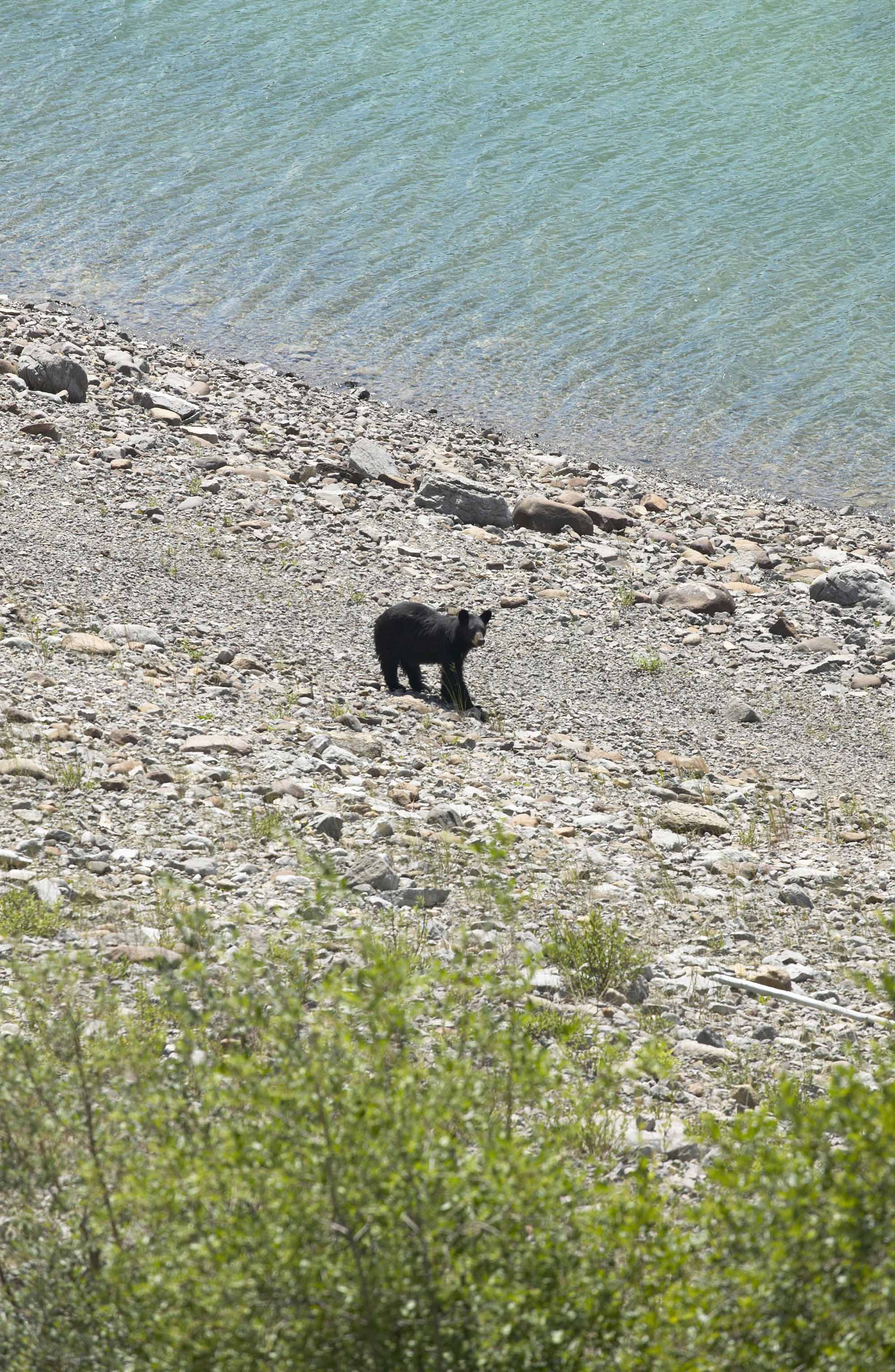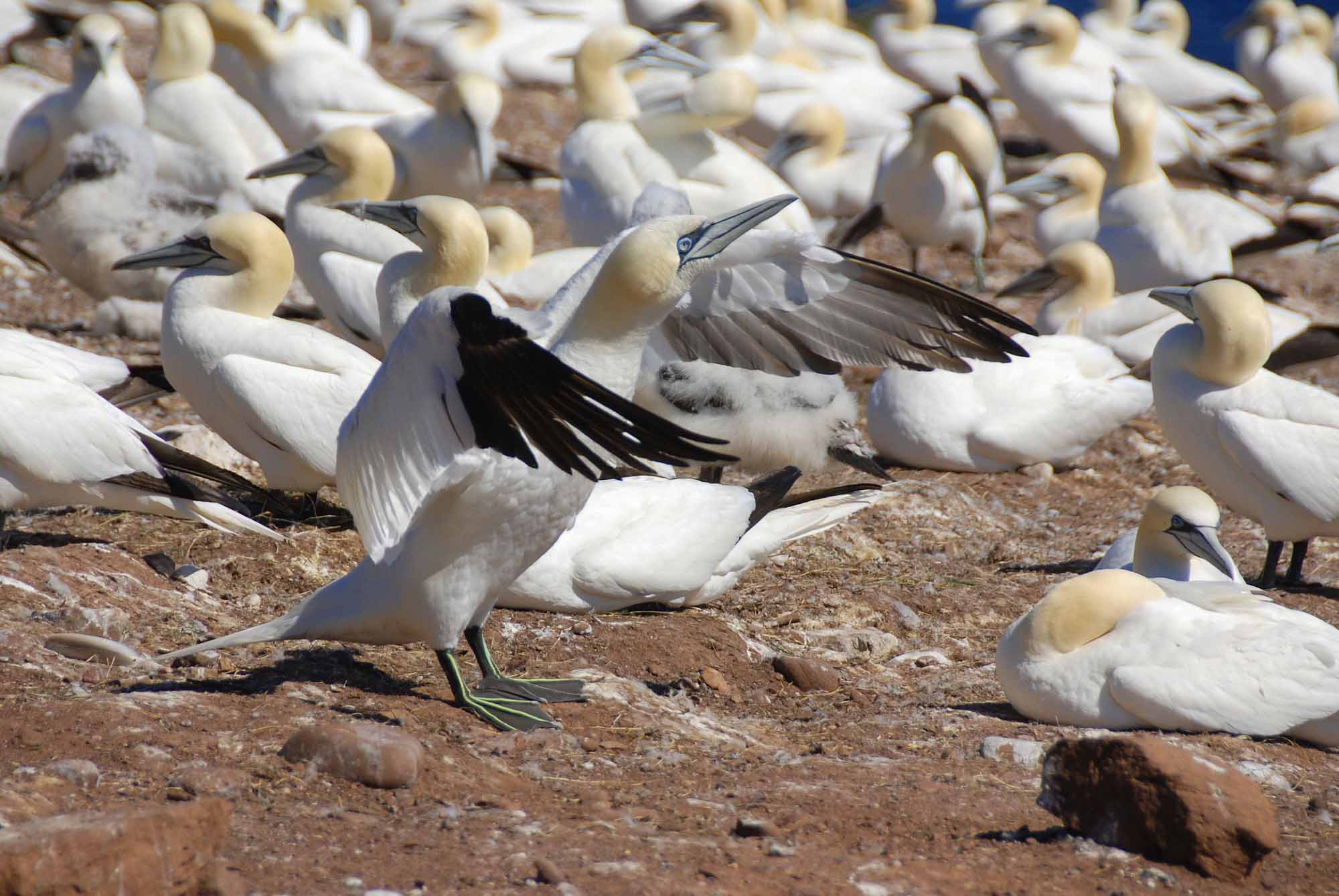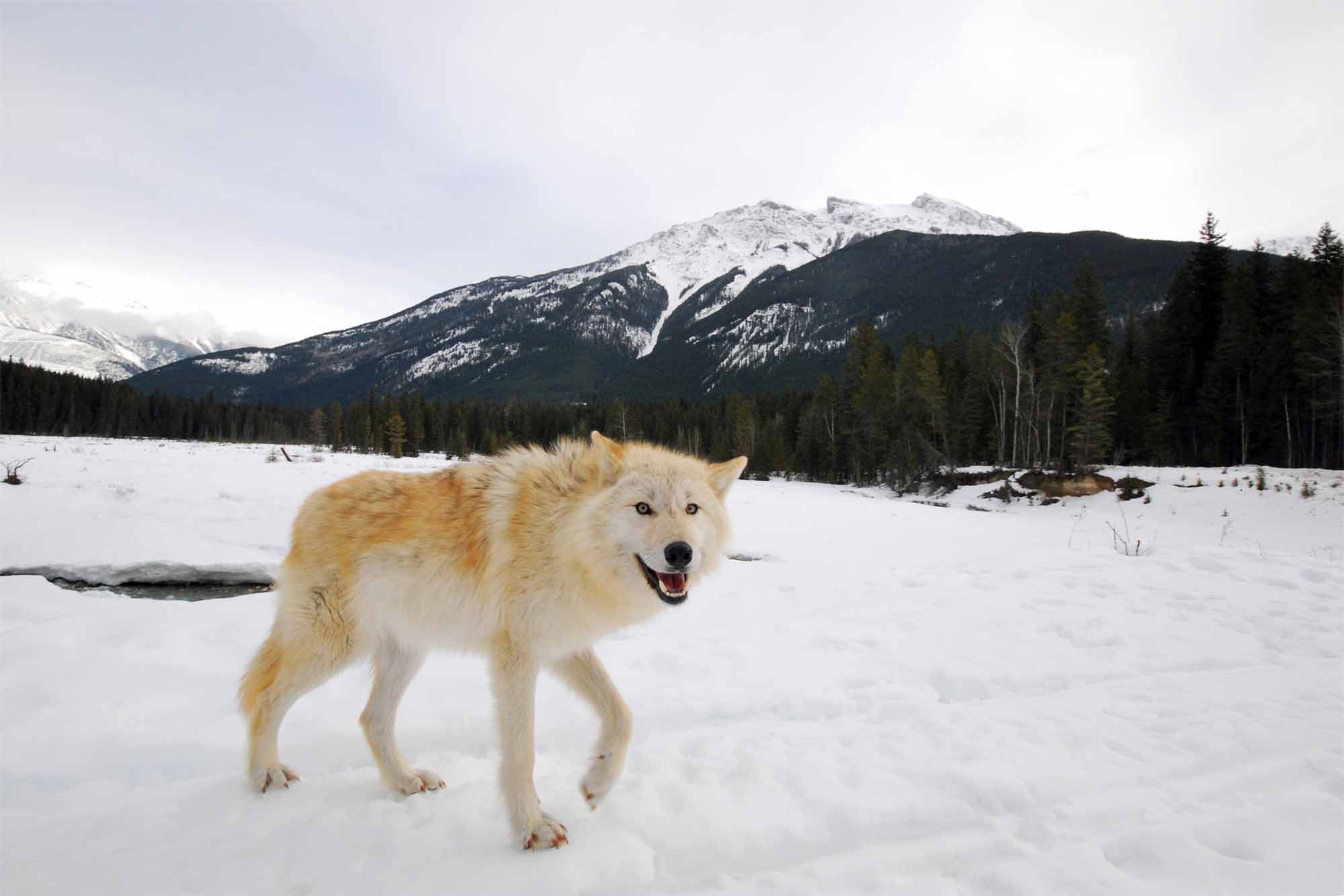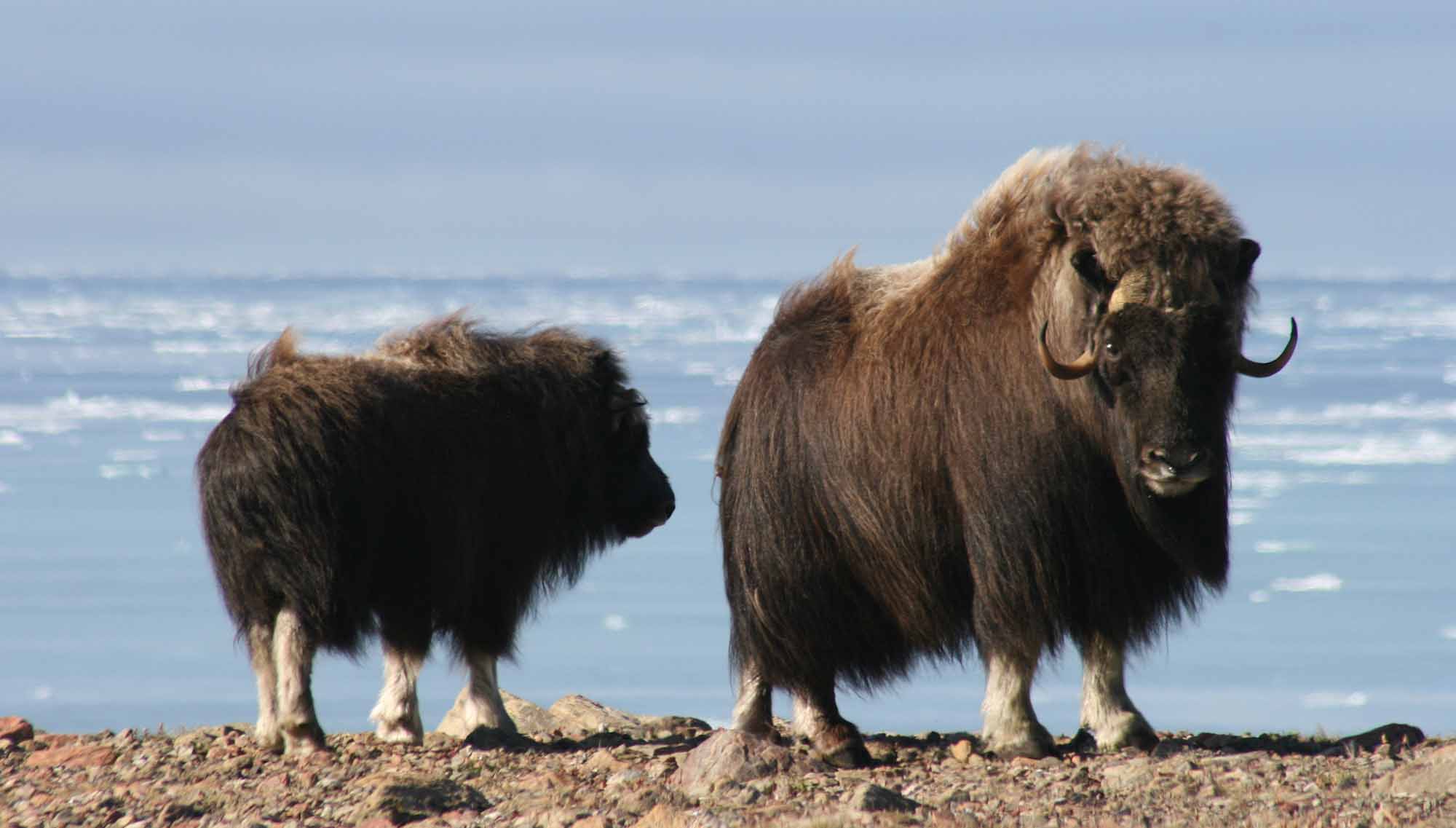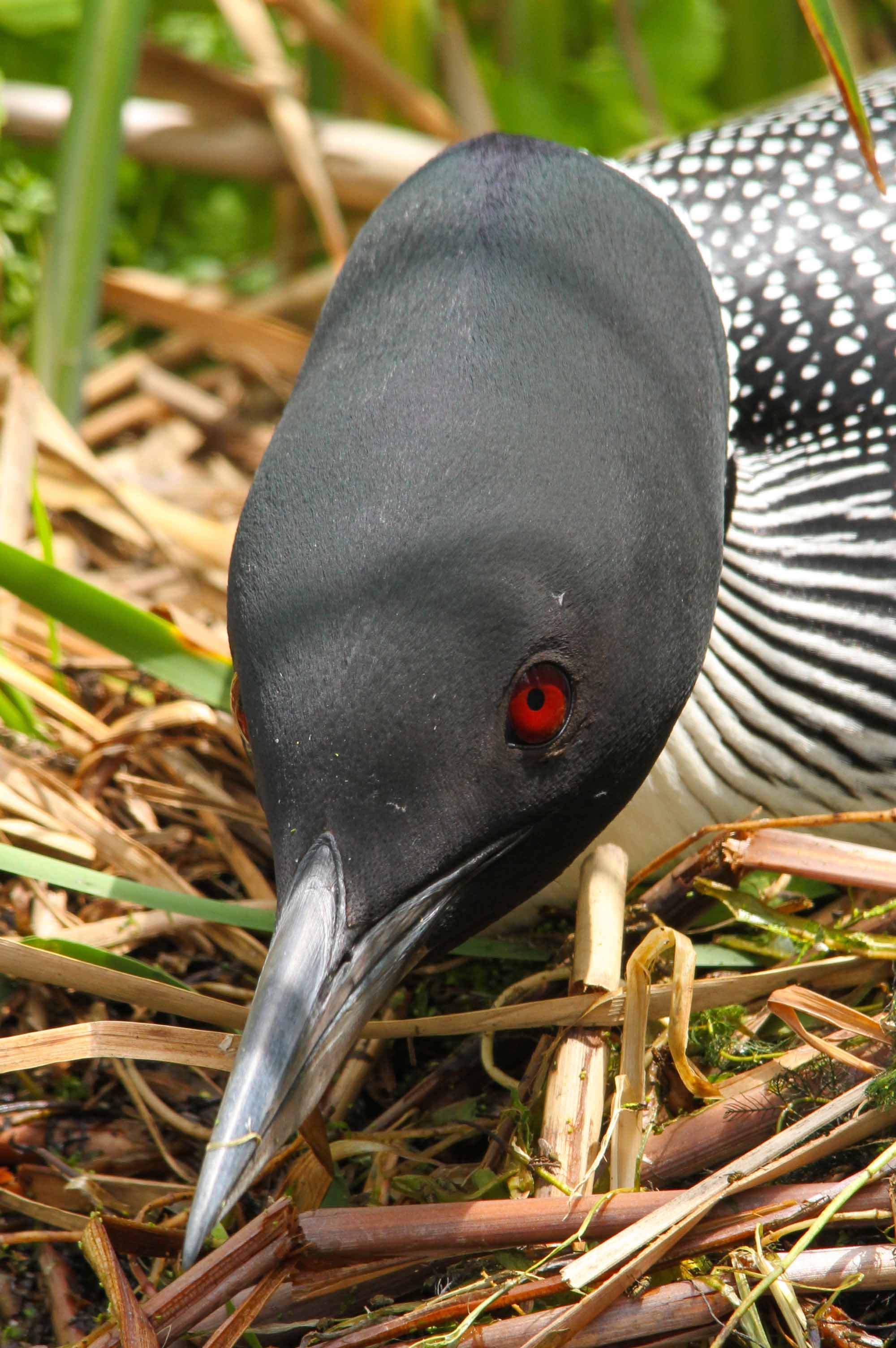Zoology is the study of animals. Zoologists have many interests: some study form (morphology) or function (physiology), from gross to molecular levels; behaviour (ethology); association (ecology); or distribution (zoogeography); and some specialize in one kind of animal.
People have always been interested in other animals and have needed their company. Among the earliest artifacts are images of animals scratched on bone or stone, or painted on cave walls (see pictographs and petroglyphs). Aristotle (384-322 BC) provided the most comprehensive ancient commentaries on nature in his treatises. His understanding of man in nature pervaded his philosophy, which in turn dominated Western culture beyond the Renaissance, with the result that man's zoological behaviour has been vastly influenced by zoological knowledge.
Following Aristotle, there was a pause in the accumulation of knowledge, lasting nearly 2000 years. Information became codified and dogmatic; argument took the place of experiment. Not until the Renaissance did curiosity and skilled, systematic observation of nature become widespread. Andreas Vesalius (1514-64), relying on his own senses, revivified the study of anatomy; William Harvey (1578-1657) demonstrated blood circulation by experimental means. Skilled dissectors made detailed explorations of animal structure and development. These and other workers made zoology an active science.
Perhaps the greatest encyclopedic work of the time was the 44-volume Histoire naturelle of Georges de Buffon (1707-88), which provided a basis for the further exploration of nature which followed, literally, as the fleets of Europe set out to explore the world. The culmination of efforts to find relationships among living things and name them in a universally agreed upon manner was reached with the publication (1758) of the 10th edition of Systema Naturae by Carolus Linnaeus. Thus the ever-growing collections could be systematically stored and catalogued, available for study and synthesis.
Nineteenth Century
European science began to take on a clear form in the 19th century. Disciplined empiricism came to be expected of scientists, with the solution of problems leading to the posing of more advanced questions, to more critical and imaginative searching, and to more profound understanding.
Comparative morphology, in the broadest sense, dominated zoology in the 19th century. J.B. Lamarck and Georges Cuvier, studying chiefly invertebrate and vertebrates respectively, established the pattern of such studies and showed the relationships of fossils to recent forms. Using the microscope, zoologist Theodor Schwann and botanist Matthias Schleiden recognized in 1838-39 that cells occurred in all living things, and so established the first of the great unifying principles of biology, the cell theory. This in turn spurred improvements in the microscope and in techniques of microscopy.
During the last half of the century, microanatomical studies revealed the nature of egg and sperm and fertilization, the mechanisms (mitosis and meiosis) of cell division and the early progress of embryonic development. Concurrently, physiology was firmly established as a rigorous experimental science. Great hope was held for the understanding of life on the basis of the laws of physics and chemistry. Among physiologists, Claude Bernard takes pre-eminence because of his grand generalization that an animal will maintain, as far as possible, a balanced function internally, unaffected by wide fluctuations of its external environment (homeostasis).
Perhaps the most significant event in zoology during the 19th century was the formal expression in 1858-59 of the theory of evolution by natural selection by Charles Darwin and A.R. Wallace. Evolution is the second unifying principle of biology. Darwin was the first great ecologist and the greatest synthesizer of the 19th century, equally at home studying animals and plants. Among other things, he recognized that the same forces govern the histories of both plants and animals, so closely indeed that many are said to have co-evolved.
Twentieth Century
The third great unifying principle, that of the mechanism of heredity - ie, the theory of the gene - belongs essentially to the 20th century. The initial statement was made in 1866 by Gregor Mendel, on the basis of his work with plants, but it was not until 1900 that his results were appreciated. Afterward, the development of genetics took place rapidly, the study of animals and micro-organisms contributing importantly to its growth. In 1953 James Watson and Francis Crick described the physical nature of the genetic materials of nucleic acids.
It is difficult and, in many respects, quite artificial, to divide biology into zoology and botany. The overwhelming generality of the unifying principles apply equally to all organisms. Together, they lay the foundation for understanding the processes and potentialities of life, the basis of structure, and the external and internal mechanisms of adaptive change.
In the 20th century, zoology has followed several paths. Development, the mysterious process that leads to the final form of an animal, has been the subject of intense research, starting in the 19th century and culminating, for a time, in the 1920s in the work of Hans Spemann. His demonstration of the phenomenon of embryonic induction and the concept of the organizer (cell masses in the embryo which regulate the development of nearby tissues) provided the basis for most of the work that has followed.
A significant part of the work has been biochemical, and this is true in other areas of study, such as physiology (eg, respiration, enzyme kinetics), genetics (eg, nature of gene), evolution (eg, biochemical attributes of species) and ecology (eg, sources of energy). Similarly, biomathematical analysis is becoming increasingly sophisticated and widely used, particularly in a field such as ecology, which more than any other has grown out of natural history but which is trying to produce hypotheses about environmental associations that are rigorously quantitatively testable. It, too, has become an experimental science, simultaneously giving rise to current interest in and concern for the environment. This influence must be added to the direct effects which zoology continues to have on other primary concerns; eg, agriculture and medical science.
Zoology in Canada
Part of the impetus to explore North America came from John Cabot's report (1497) of vast congregations of fish near its east coast. Nicholas Denys published Description géographique et historique des costes de l'Amérique septentrionale (1672), based on experience around the Gulf of St Lawrence. Between 1660 and 1725, first Claude Perreault, then Michel Sarrazin dissected and described numerous animals, including beaver, muskrat, wolverine and moose.
Later explorers sent back descriptive natural histories which led to the opening of the North West for the Fur Trade. In England, Thomas Pennant published Arctic Zoology (1784-87), based on collections made by explorers such as Samuel Hearne. The best known of the early studies was Fauna Boreali-Americana (1829-37) by John Richardson, who was surgeon and naturalist on Franklin's first 2 expeditions (1819-22 and 1825-26) and later commander of the Franklin search expedition of 1848-49. P.H. Gosse began his career in Newfoundland and the Eastern Townships of Québec; his first work was The Canadian Naturalist (1840), written as he sailed home.
In 1849, Moses Perley began an analysis of the NB fishery. In 1852, the federal government appointed Pierre Fortin to control the Gulf of St Lawrence fisheries. These were the beginnings of fishery science in Canada. Biological stations were established in 1908 at St Andrews, NB, and Nanaimo, BC. The Biological Board of Canada, created in 1912, evolved into the Fisheries Research Board in 1937. The FRB, synonymous with excellence in fisheries research, was incorporated into the Department of Fisheries and Oceans in 1979.
The universities have been active, both in co-operation with fisheries and marine studies, and in more academic zoology. Natural history, as a separate science department, was established at University of Toronto in 1854, and at McGill and Queen's in 1858. Now, nearly every Canadian university has a zoology or biology department offering graduate study.
Almost every field of zoology has outstanding practitioners. These have included Abbé Léon Provancher, whose collections and descriptions provided a basis for the immensely important entomological studies for which Canada is noted; J.P. McMurrich, noted for work on subjects ranging from sea anemones to humans; A.G. Huntsman, whose persistent curiosity and immense energy sparked many lines of research in fisheries; E.M. Walker, one of the most influential entomologists in Canada; R.A. Wardle, godfather to a generation of parasitologists; William Rowan, whose experiments with birds set the stage for important studies of photoperiodicity as an agent governing animal behaviour; J.B. Collip, endocrinologist, of insulin and parahormone fame; J.R. Dymond, influential in initiating systematic fish studies in Canada; W.A. Clemens, who, working both with the FRB and universities, played a vital role in developing zoology on the West Coast; Helen Battle, acclaimed teacher and investigator of the physiology, embryology, morphology and ecology of marine organisms; Donald Rawson, whose insights into the structure of lakes continue to excite limnological research; W.E. Ricker, leader in the analysis of fish populations; William Hoar, who set the standard for comparative physiology; C.P. LeBlond, perhaps Canada's leading practitioner of electron microscopy and cellular analysis; and Douglas Pimlott, articulate advocate of environmental concerns.
The list represents only a very small fraction of those who have made important contributions. Today, Canadian zoologists are at the forefront in studies of comparative respiratory and endocrine physiology, neurobiology, population analysis, Parasitology and vertebrate Palaentology.
Collections
Extensive collections of organisms are held by the Canadian Museum of Nature, Ottawa; the Royal Ontario Museum, Toronto; and the Canadian National Insect Collection, Ottawa. Provincial, local and university museums also are important, often especially for local fauna. Molluscs, fishes, birds and mammals are very well described for Canada in a number of readily accessible books. The Biological Survey of Canada, supported by the Canadian Museum of Nature, provides systematic, distributional and ecological studies of terrestrial anthropods in association with the Entomological Society of Canada (founded 1863).
Societies
Zoology in Canada is also served by the Canadian Society of Zoologists (founded 1961), and the Canadian Society of Environmental Biologists, which began in 1959 as the Canadian Society of Wildlife and Fishery Biologists. There are also many provincial and local natural history clubs; a number of groups dealing with special fields - eg, the Society of Canadian Limnologists - and university activities - eg, the Canadian Committee of University Biology Chairmen; and professional organizations - eg, Association des biologistes du Québec and the Alberta Society of Professional Biologists. The Canadian Federation of Biological Societies, comprising several specialist societies, including those for physiologists, biochemists and cell biologists, provides a bridge between zoology in the broad sense and its medical applications.
Journals
Scientists are cosmopolitan; they communicate with and depend on colleagues from around the world. There are literally thousands of journals specializing in biology; many of these are used by Canadian zoologists. But among the world's leading journals for zoology are the Canadian Journal of Fisheries and Aquatic Sciences, which first appeared in 1901 as Contributions to Canadian Biology, and the Canadian Journal of Zoology, a publication of the National Research Council which began as theCanadian Journal of Research in 1935; both are published monthly. Other important journals are Le naturaliste canadien (from 1868), The Canadian Entomologist (from 1868) and The Canadian Field-Naturalist (from 1887). The Canadian Museum of Nature began publishing Global Biodiversity (from 1991) as an international forum on Biodiversity. Opportunities for careers in zoology continue in Canada as Canadians develop farm and fishery resources, learn to appreciate the environment, advance medical research and contribute generally to an understanding of the history of life.

 Share on Facebook
Share on Facebook Share on X
Share on X Share by Email
Share by Email Share on Google Classroom
Share on Google Classroom


